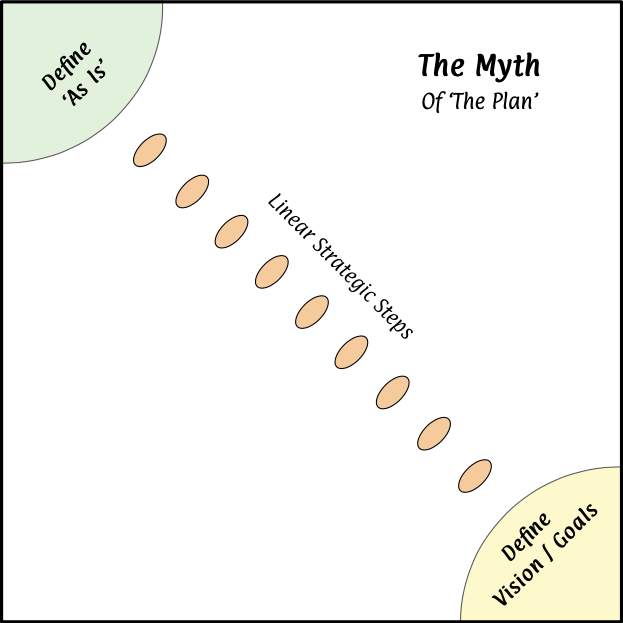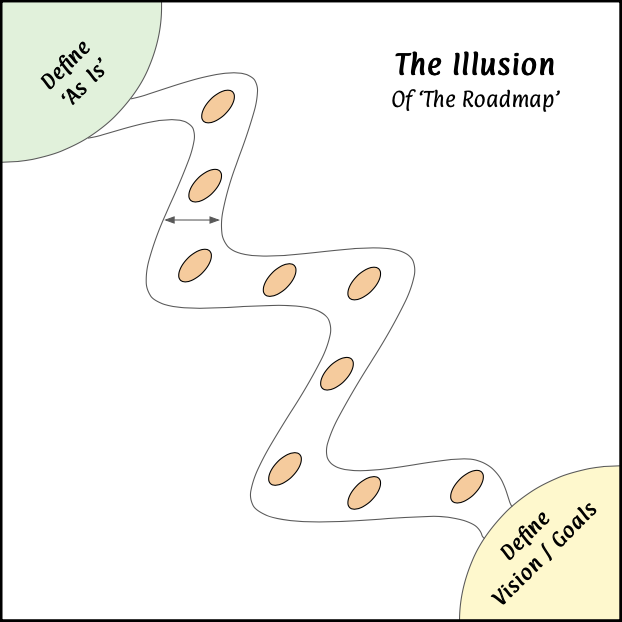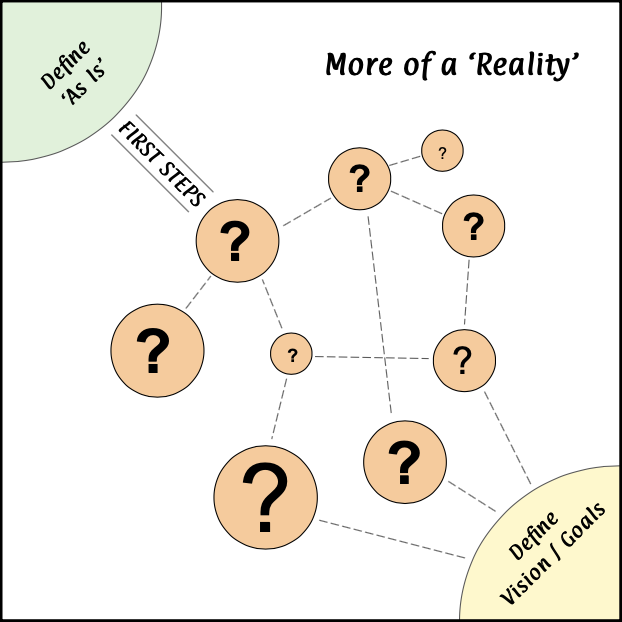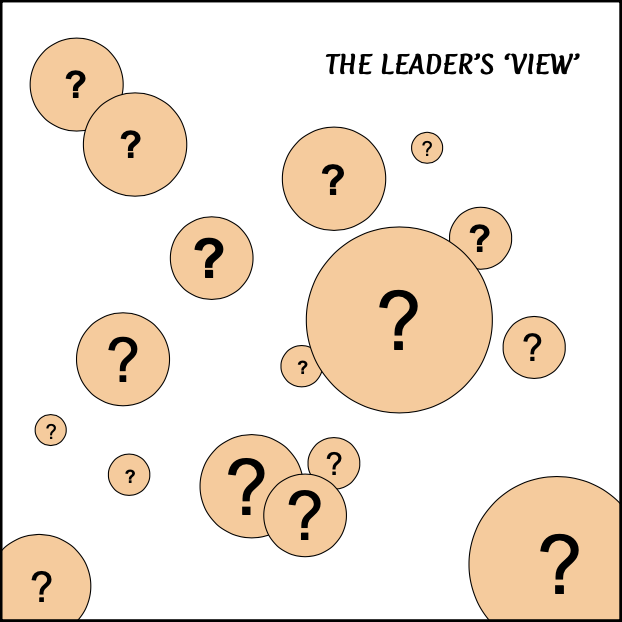Navigation is ‘a continuous stream of choices, decisions and adjustments, to achieve the intended outcome/goal’
In these times of unprecedented change what we see, understand and extrapolate forward defines our future route. This was true for me as a former Commercial Sea Captain and remains true now as a CEO. The question in its simplest form is how do successful leaders navigate? It’s worth remembering that the current success rate of significant change is just 20%.
For all in leadership the challenge is to steer our organisation through the unfamiliar and constantly shifting territory of today’s turbulent markets.
So how do we do this..
- Successfully for the benefit of all stakeholders?
- Even Better than last time?
- Faster and more effectively than our competitors?
The following 5 images lie at the heart of navigation. Through them I illustrate the difference between skilled and untrained, and sometimes naive leadership, and help us answer these above questions. They represent the myth, an illusion, a reality of the journey and the leader’s view of it, looking forward.
Picture 1: The Myth

- The Issue with this is that this assumes we know everything and are in control of everything.
- Maybe we can get away with this approach if the change is very simple.
- But it will rarely, if ever, work where any degree of complexity exits.
Most get this… but under pressure from powerful stakeholders, shareholders, Programme Managers, the Press, and impatient CEO’s, who are all pushing to know the ‘exact’ next steps, change leaders can succumb, creating a picture similar to that illustrated below. It provides the illusion of a dynamic pathway but in essence is just a ‘wiggly’ linear route. It might buy time and political capital but under scrutiny and real conditions the limitations become very evident very fast.
Picture 2: The Illusion

- The Issue with this is that even though this looks more organic and flowing with shifts in direction… the road edges offer a limited and bounded choice.
- Maybe it is a bit more agile than ‘The Myth’
- But rarely is it a good template for anything with complexity and continual shifts in data, knowledge, sequencing, priorities and consequential impact.
Picture 3: More of a Reality

- In this example leaders face multiple choices, trade offs and decision points; all requiring systemic and joined up data that is extrapolated across future timelines.
- The challenges leaders face are: Deciding what are the priorities. How we tackle each ‘?’ and in what sequence. Estimating size and impact in a context that is continually shifting and morphing. And the timing of all this is always critical.
Picture 4. A Leaders View

So here is what the leader sees… A Landscape of many decisions each choice having systemic consequences. Big ones, small ones… some just appear and some just disappear… but all are moving and shifting.
This challenge requires:
- Leaders to see the whole system that is in a state of continual change
- Many eyes watching and making sense from different viewpoints
- Understanding error and bias and adjusting for it
- Intelligent systemic and distributed decision taking
- Intelligent technology and processes that gather and join together data
- Agility of effort and prioritisation
- Clear escalation pathways and protocols when ‘events’ happen
Picture 5. The Dynamic
And just to drive the point home, everything the leader sees, is in motion…
This video represents how these moving and shifting choices and decision points might look and feel like to leaders and managers. It is critical to note, track and take the right action at the right time. This lies at the heart of navigation. Leaders / managers aren’t able to do this alone… they have to have many eyes watching and communicating whilst intelligently distributing decision making, to the places and people who are in a position to make the call.
This is Why…
- Change has to be led first and then managed.
- Leaders need to continually update their tool kit, training/licences and assumptions.
- Leaders need to stay ‘present’ being physically, mentally, emotionally and morally alert.
- Leaders need to make sense of the whole picture, understanding first, ‘the question’ before rushing to the answer.
- They have to be able to use navigational foresight.
- They are able to listen to many other views and data sources from across the system.
The implications of this is why Leaders need to be trained specifically in Navigational approaches to be able to lead in uncharted waters.
Teleios and its digital partners along with an associations with Henley Business School, are putting huge effort to equip current and next generation leadership.
We would be delighted to talk more about our range of diagnostic and developmental material.



